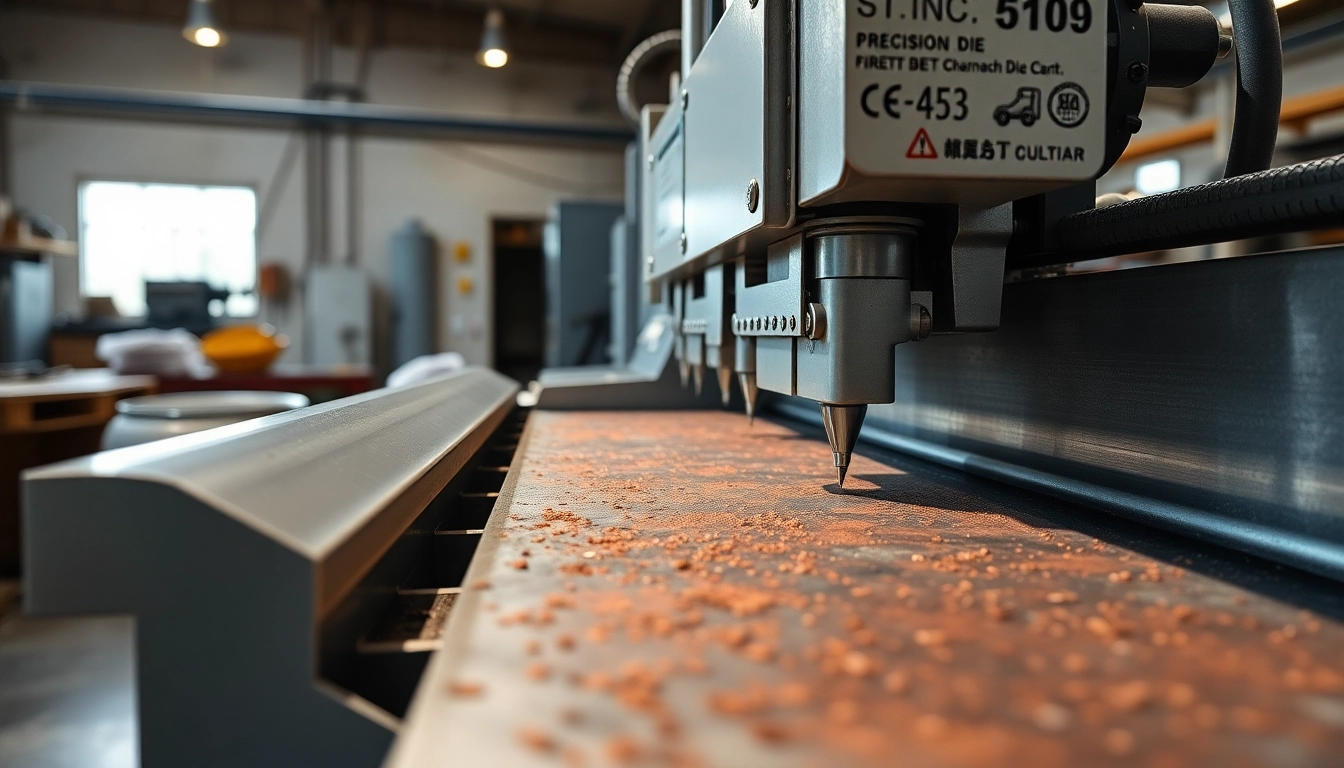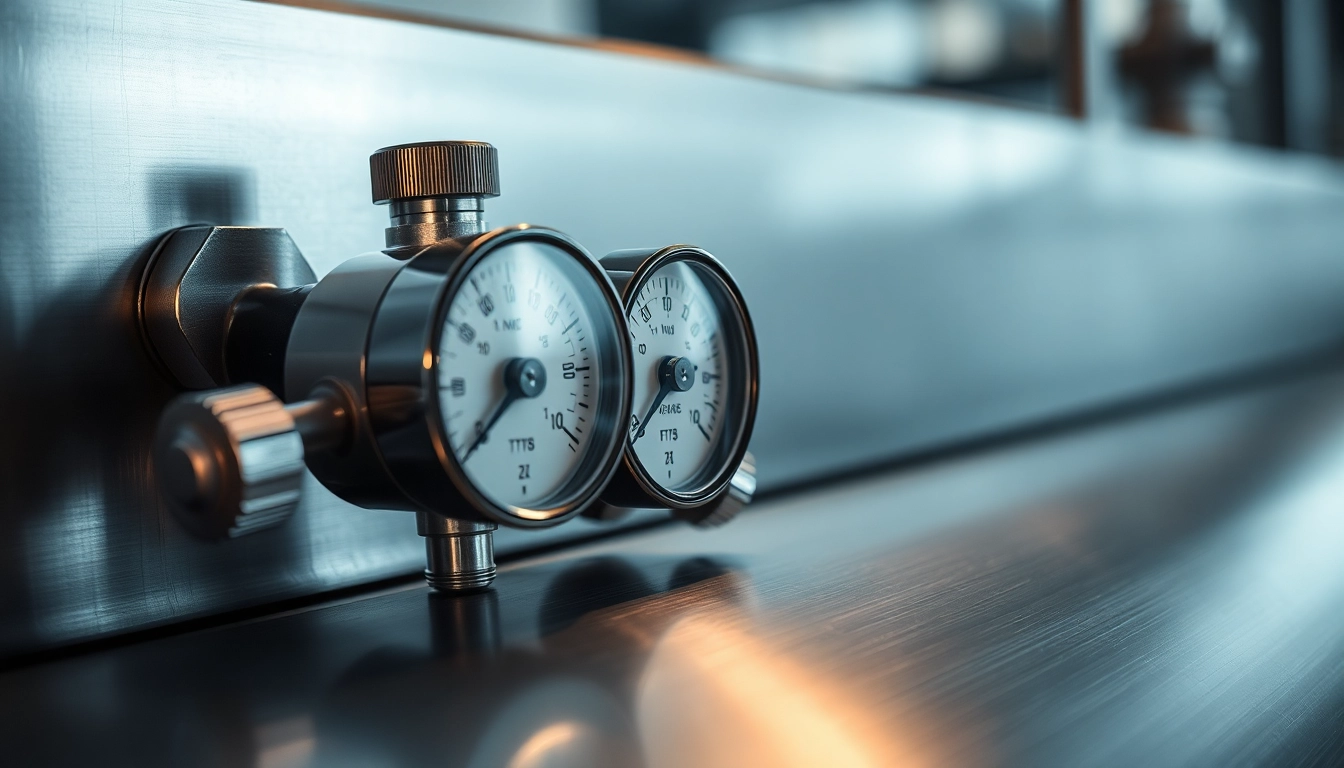Understanding Welding Masks
Welding masks play a crucial role in the safety and effectiveness of welding operations. These vital pieces of personal protective equipment (PPE) shield welders from harmful radiations such as ultraviolet (UV) and infrared (IR) light, while also providing a physical barrier against flying debris and sparks. Whether engaging in MIG, TIG, or stick welding, the right welding mask can significantly impact overall performance and safety.
Types of Welding Masks and Their Uses
There are several types of welding masks available on the market, each designed for specific applications and levels of protection:
- Auto-Darkening Helmets: These helmets automatically adjust the tint of the lens when the arc is struck, allowing for clear visibility both before and after welding. This feature helps reduce eye strain and improves focus.
- Passive Welding Helmets: Equipped with a fixed dark lens, these are often less expensive but require the welder to lower the helmet manually before starting the weld.
- Cheek and Pancake Masks: These are designed for specific tasks and provide less weight and bulk, making them ideal for tight spaces or specialized applications.
- Digital Welding Masks: Some modern welding masks feature digital displays that allow welders to adjust settings for different welding tasks, making them versatile for various situations.
Key Features to Look For
When selecting a welding mask, consider the following critical features:
- Lens Shade: The lens shade number affects the amount of light that enters the mask. Typical shades range from 8 to 13, with darker shades providing more protection.
- Viewing Area: A larger viewing area allows for better visibility, making it easier to track your work with precision.
- Weight and Comfort: Lightweight designs enhance comfort and reduce fatigue during long sessions.
- Adjustable Headgear: Ensures a snug fit and provides comfort, reducing the risk of slipping during operation.
Comparing Welding Masks vs. Traditional Masks
The main distinction between welding masks and regular masks lies in their intended purpose and level of protection. Traditional masks mainly focus on filtering air and preventing inhalation of fumes, while welding masks are engineered to protect the face and eyes from intense light, heat, and physical debris. Selecting the appropriate mask for the specific welding task is essential for ensuring safety and effectiveness.
The Importance of Safety in Welding
The welding process poses various hazards that can lead to serious health issues and injuries. Therefore, safety should always be a top priority for welders, both in professional settings and at home.
How a Welding Mask Protects You
Welding masks serve multiple protective functions:
- UV and IR Protection: Exposure to UV and IR radiation can cause serious eye damage, including “arc eye” or photokeratitis. Welding masks filter out these harmful rays.
- Physical Protection: They shield the face and neck from hot sparks, molten metal, and intense heat.
- Improved Visibility: Modern welding masks often incorporate features like auto-darkening lenses that improve visibility and reduce eye fatigue.
Common Hazards in Welding
Welders can face numerous hazards including:
- Exposure to fumes and gases that can cause respiratory problems.
- Burns from sparks and molten metal.
- Arc flash injuries, which can lead to temporary or permanent vision impairment.
- Noise exposure from welding equipment, potentially leading to hearing loss.
Essential PPE for Welders
In addition to welding masks, other essential PPE includes:
- Protective Clothing: Fire-resistant clothing, gloves, and aprons protect the skin from burns.
- Foot Protection: Steel-toed boots minimize injury risk from heavy falling objects.
- Respirators: These are necessary when working in confined spaces to prevent inhalation of toxic fumes.
Choosing the Right Welding Mask for Your Needs
When selecting a welding mask, various factors come into play. Understanding your specific needs is essential to make the right choice.
Considerations Based on Welding Type
The type of welding you will be performing greatly influences the choice of mask. For instance:
- MIG Welding: A mask with a wide lens and high shade number is recommended as it provides excellent visibility during the process.
- TIG Welding: These processes involve intricate work and may require a mask with better visibility and auto-darkening features for fine control.
- Stick Welding: A traditional passive helmet can suffice; however, consider versions with some auto-darkening capabilities for improved comfort.
Budget-Friendly vs. High-End Welding Masks
Investing in a high-quality welding mask can have both immediate and long-term benefits, including enhanced safety and usability. Budget-friendly options may suffice for casual or infrequent welders, but consistent professionals should consider higher-end masks that offer advanced features like increased durability and superior eye protection.
Customer Reviews and Recommendations
Researching customer reviews can provide valuable insights into the performance and reliability of different welding masks. Look for products that have a strong reputation for quality and comfort, especially focusing on specific features like durability, adjustability, and visibility.
Maintaining Your Welding Mask
Proper maintenance of your welding mask can enhance its lifespan and effectiveness. Here are some tips to keep your mask in optimal condition:
Cleaning and Care Tips
Regular cleaning is essential to maintain visibility and protect the lens:
- Use a soft cloth and mild detergent to clean the lens. Avoid abrasive materials that could scratch.
- Store the helmet in a protective case when not in use to prevent dust and scratches.
- Regularly check the auto-darkening feature and replace batteries as required to ensure functionality.
Replacing Parts and Accessories
Some welding masks allow for part replacements, such as lenses and headgear. Monitor these components for wear and tear, and replace them as necessary to maintain the functionality of your welding mask.
Signs You Need a New Welding Mask
Knowing when to replace your welding mask is critical. Signs to watch for include:
- Scratched or damaged lenses that affect visibility.
- Malfunctioning auto-darkening features.
- Physical damage to the helmet structure, which could compromise safety.
- Age; masks should generally be replaced every 2-5 years depending on usage.
Advanced Features in Modern Welding Masks
Welding technology has evolved, leading to the introduction of advanced features in modern welding masks that enhance safety and usability.
Auto-Darkening Technology Explained
Auto-darkening welding masks adjust the lens shade based on the brightness of the welding arc. This convenience allows welders to focus better on their work without the need to lift the helmet before and after welding, thus significantly enhancing comfort and efficiency. Features to consider include:
- Response time: The faster the lens can darken, the better the protection against bright flashes.
- Sensitivity adjustments: This feature allows users to customize how the helmet reacts to light exposure.
- Delay settings: These prevent the lens from lightening too quickly after completion, reducing eye strain.
Smart Welding Masks: Are They Worth It?
Smart welding masks come equipped with features such as Bluetooth connectivity, integrated cameras, and augmented reality. While they tend to be more expensive, they can provide excellent benefits such as:
- Real-time monitoring of welding conditions.
- Hands-free operation for workers who need to make adjustments while welding.
- Data collection features for performance tracking and analysis.
Future Trends in Welding Mask Technology
As technology continues to evolve, the future of welding masks is likely to include:
- Further integration of augmented reality for enhanced visibility and information display.
- Improved materials that provide better heat, impact resistance, and weight reduction.
- Advanced filtration systems for improved respiratory protection against harmful fumes and particles.


